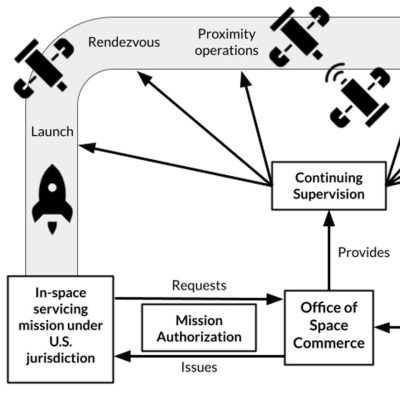
Defining collaborative control interactions using systems theory
A new paper from researchers in the Engineering Systems Lab presents a framework that provides the foundation to extend system-theoretic hazard analysis techniques to systematically find collaborative-control causal factors.
Authors: Andrew Kopeikin, Nancy Leveson, Natasha Neogi (NASA)
Citation: INCOSE International Symposium. Vol. 33. No. 1. 2023
Abstract
Human teams collaborate by establishing roles, changing functional authorities, maintaining team cognition, coordinating, and mutually helping one another close control loops. These complex interactions are inspiring novel system concepts to improve human-machine and multi-machine collaboration. However, these new systems face engineering gaps in modeling, analysis, design, and assurance. As such, few have been fielded in safety-critical domains like aerospace. To analyze safety, this paper introduces a system-theoretic framework to describe interactions that are—or are planned to be—used in multi-controller systems. It outlines a taxonomy of seven structural di-mensions that influence controller interactions and nine dynamics observed in collaborative control that are defined using Systems Theory. An analyzed set of 101 controller interactions in aerospace systems demonstrates how to apply the framework and that designers are trying to create more sophisticated systems. This framework provides the foundation to extend system-theoretic hazard analysis techniques to systematically find collaborative-control causal factors.

